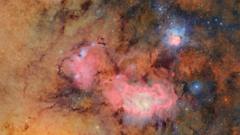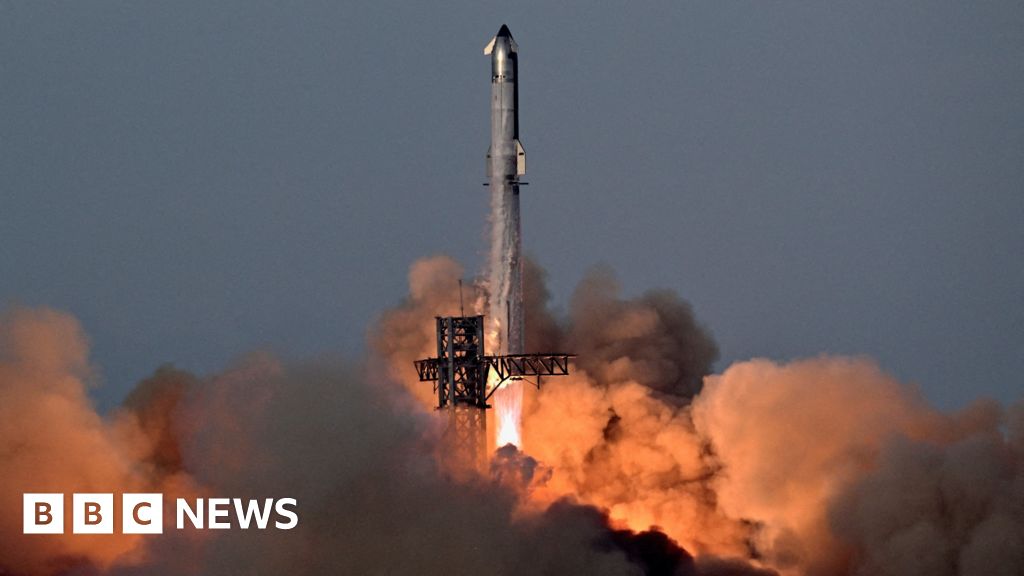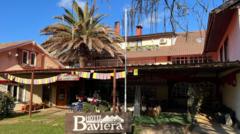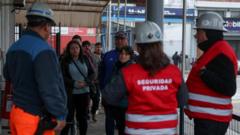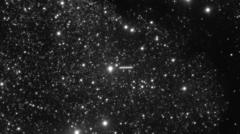In a monumental leap for astronomy, the Vera Rubin Observatory in Chile has unveiled its first celestial images, providing unprecedented clarity of the Trifid and Lagoon nebulae, located 9,000 light years away from Earth. This powerful telescope, equipped with the world's largest digital camera, heralds a new era in our exploration of uncharted cosmic territories.
Capturing vibrant clouds of gas and dust in a star-forming region, the Vera Rubin telescope is poised to reveal a wealth of information that could answer profound questions about dark matter and uncover potential objects in our solar system, including the elusive Planet Nine. "If it exists, we will find it within a year," says scientists confidently.
The observatory's continuous survey of the southern night sky will span a decade, aimed at creating a comprehensive map of our galaxy. "After 25 years of hard work, we finally get to see the fulfillment of our vision," expresses Professor Catherine Heymans, the Astronomer Royal for Scotland.
Situated on Cerro Pachón in the Andes, the observatory benefits from optimal viewing conditions, with meticulous care taken to preserve the darkness necessary for high-quality celestial observations. Engineers attend to the telescope’s structure, ensuring no disruptive light interferes with the accurate capture of starlight.
The telescope features a complex three-mirror design that maximizes light collection, allowing it to detect distant objects from billions of years ago. Over the next ten years, it will capture images every 40 seconds during nightly observations, producing an unparalleled data stream that scientists will analyze to uncover the universe's mysteries.
Notably, the observatory will consist of a diverse team of global scientists analyzing the abundant data generated, which could reach up to 10 million alerts per night. One of its primary focuses will be monitoring transient celestial events, allowing researchers to detect potential hazards, such as asteroids that threaten Earth.
"This constellation of capabilities will give us insights we haven’t even dreamed of," notes Professor Alis Deason from Durham University, who will utilize this data to enhance our understanding of the Milky Way. With expectations that the telescope may shed light on previously hidden celestial elements, starting from the stars to faint galaxies, it promises to redefine the boundary of astronomical research.
As the scientific community prepares for this wealth of transformative data, the momentum builds. "Understanding how this extraordinary observatory functions is just the beginning," concludes Professor Heymans, emphasizing the excitement surrounding the Vera Rubin Observatory’s potential legacy in the field of astronomy.

